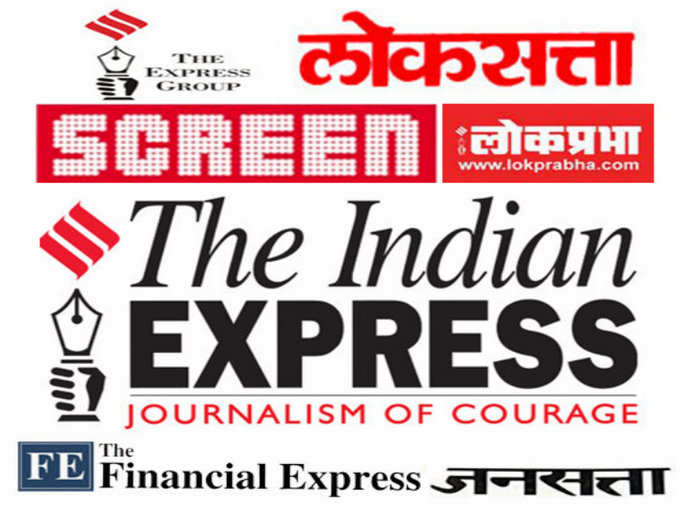
When
By 1925, newspapers mushroomed across the length and breadth of the country. Knight’s The Englishman and The Friend of India merged and became The Statesman in 1875, and other newspapers like The Times of India (1838), The Hindu (1878), Anandabazar Patrika (1922) and many more dotted the streets of India.
One more newspaper, which grabbed eyeballs was The Indian Express. Sensing the need to aware people and fuel the freedom struggle further,
Goenka, born in
The Indian Express, whose tagline is ‘
Presently, Viveck Goenka is the chairman and managing director of The Indian Express Limited. We bring you how Indian Express expanded and is still enlightening readers with its stories:
1. The Indian Express: The English daily is known for its opinion pieces. From a single-edition paper in
2. Loksatta: Established in 1948, Loksatta is one of the most widely read Marathi newspapers in the country. The daily is published from Mumbai, Pune, Nagpur, Ahmednagar, Aurangabad, and Delhi. Loksatta Vruttant is a daily supplement with the paper that focuses on city specific issues. Other supplements include Lokrang, Chaturang, Viva, Vasturang and Career Counsellor.
3. Screen: It is a leading weekly film magazine in India. Its content focuses on Bollywood. It also has an e-magazine version. It was founded on September 26, 1951 with Manorama Katju as its editor. Screen, established in 1995, organizes and sponsors the Screen Awards to honour actors, directors and technicians for excellence in Hindi cinema. It also sponsors Screen Gold Medal for excellence in direction at the Film and Television Institute.
4. The
5. Lokprabha: Launched in 1974, it is a weekly Marathi magazine. It gives extensive and in-depth coverage on various topics, ranging from social, political to cultural. Edited by the celebrated journalist, Pravin Tokekar, Lokprabha has over the years received many honors, Dr.
6. Jansatta: It was launched in 1983 with a single- minded purpose to reach out to a large section of the Hindi speaking Indian intelligentsia. In Hindi, 'jan' means people and 'satta' means government. Therefore, one can appropriately recognize the meaning of 'Jansatta' as people's mandate. It is regularly published from Delhi, Kolkata, Lucknow and Chandigarh.
7. The New Indian Express: In 1999, eight years after the group's founder Ramnath Goenka's death, the Indian Express Group split between the family members. The southern editions are known as The New Indian Express, while the northern editions, based in Mumbai, retained the original name The Indian Express. Both companies – The Indian Express Group and The New Indian Express are now separate entities.
(Image: The Indian Express)